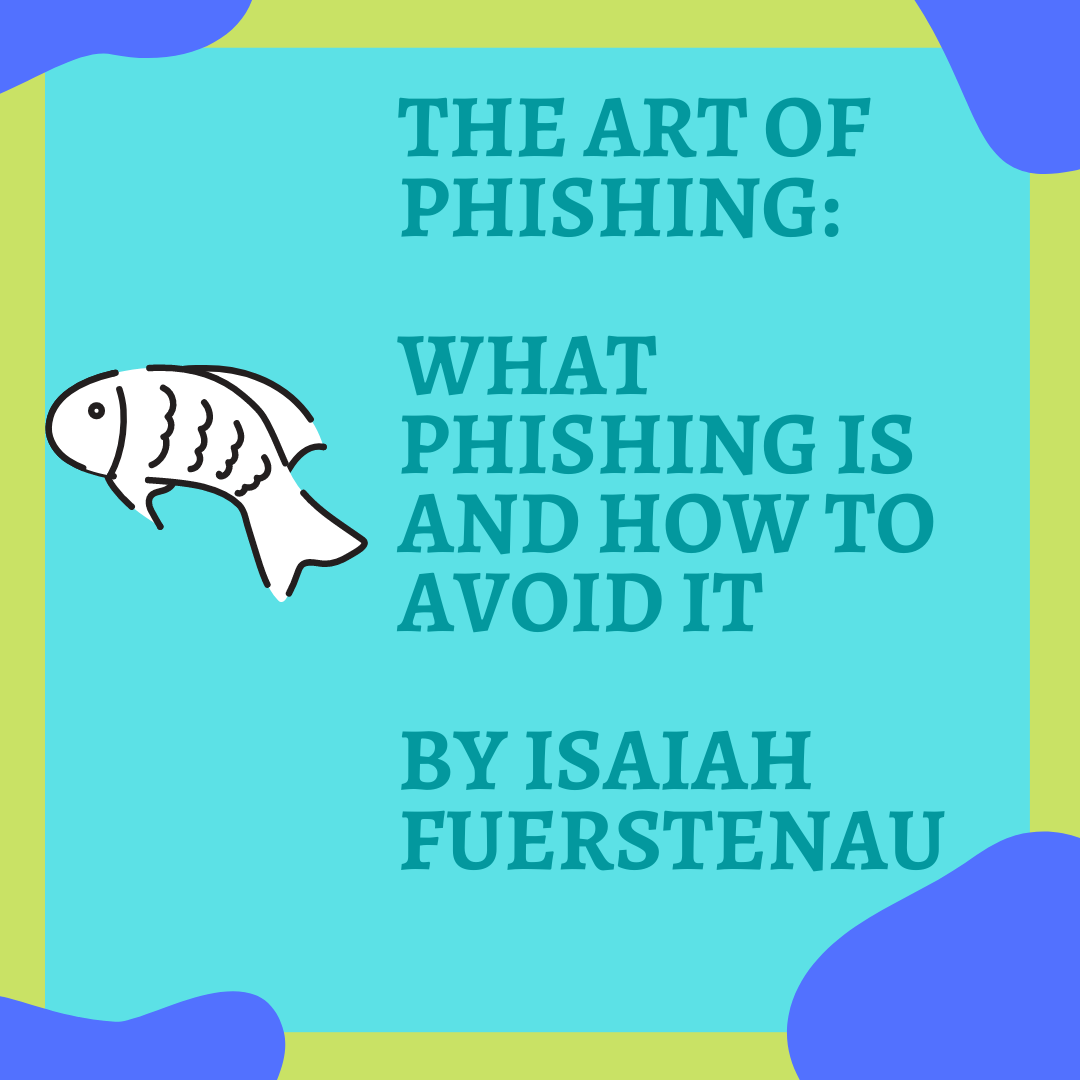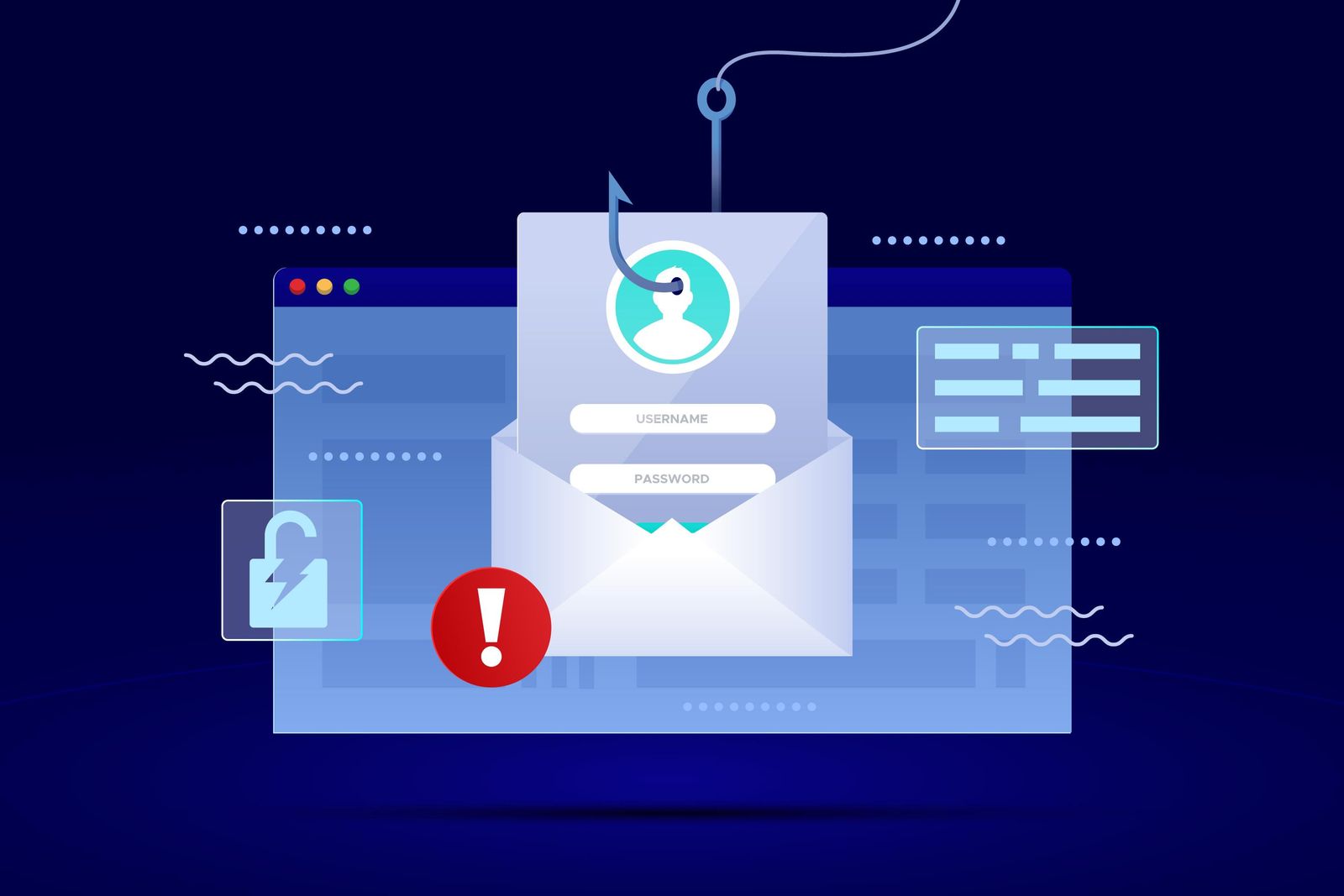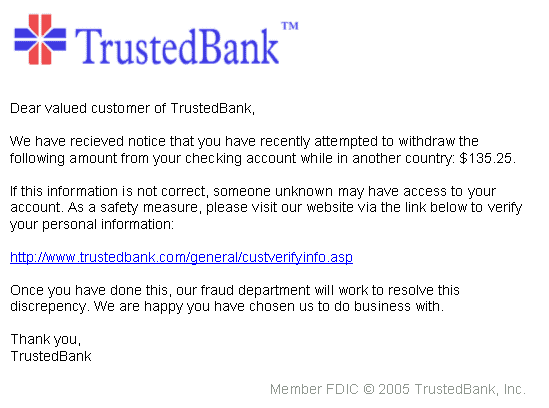The Art of Phishing: What Phishing Is and How to Avoid It
Published by Rajvi Khanjan Shroff,

Author:
Isaiah Fuerstenau
Phishing is one of the most widely used forms of extracting sensitive information from people. It is vital to understand what phishing is, and how devastating it can actually be.

Image from https://www.freepik.com/vectors/technology," Technology vector created by freepik - Source link: www.freepik.com
Phishing as defined by Miriam-Webster Dictionary is a scam by which an Internet user is duped (as by a deceptive email message) into revealing personal or confidential information which the scammer can use illicitly.
Usually, phishers (people who use phishing) will send fake emails to a targeted person claiming to be a bank or an important business. An example of a phishing email is shown in this image:

Andrew Levine, Public domain, via Wikimedia Commons
If you click on the link in the picture, it would probably take you to a fake form on a website asking for your TrustedBank account name and password and possibly even your credit card number. Once you enter these, it would be sent to the phishers, who would log in to your TrustedBank account and steal your money. If you give them your credit card number, they would have unlimited access to your money.
A few tips on avoiding phishing are:
- Never trust emails from someone you don’t know.
- Never click on links unless you are ABSOLUTELY sure that they lead to a legitimate website. One way to check for this is mousing over the link.
- If you do receive a legitimate-looking email from your bank or a store, it isn’t a bad idea to call and confirm.
- If you do fall for a phishing scam, don’t panic. Call your bank or store and explain what happened. They will be happy to help you out.
Although most phishing scams are through emails, phishers can use phone calls, fake websites, or even "software updates" too.
______________________________________________________________
References:
